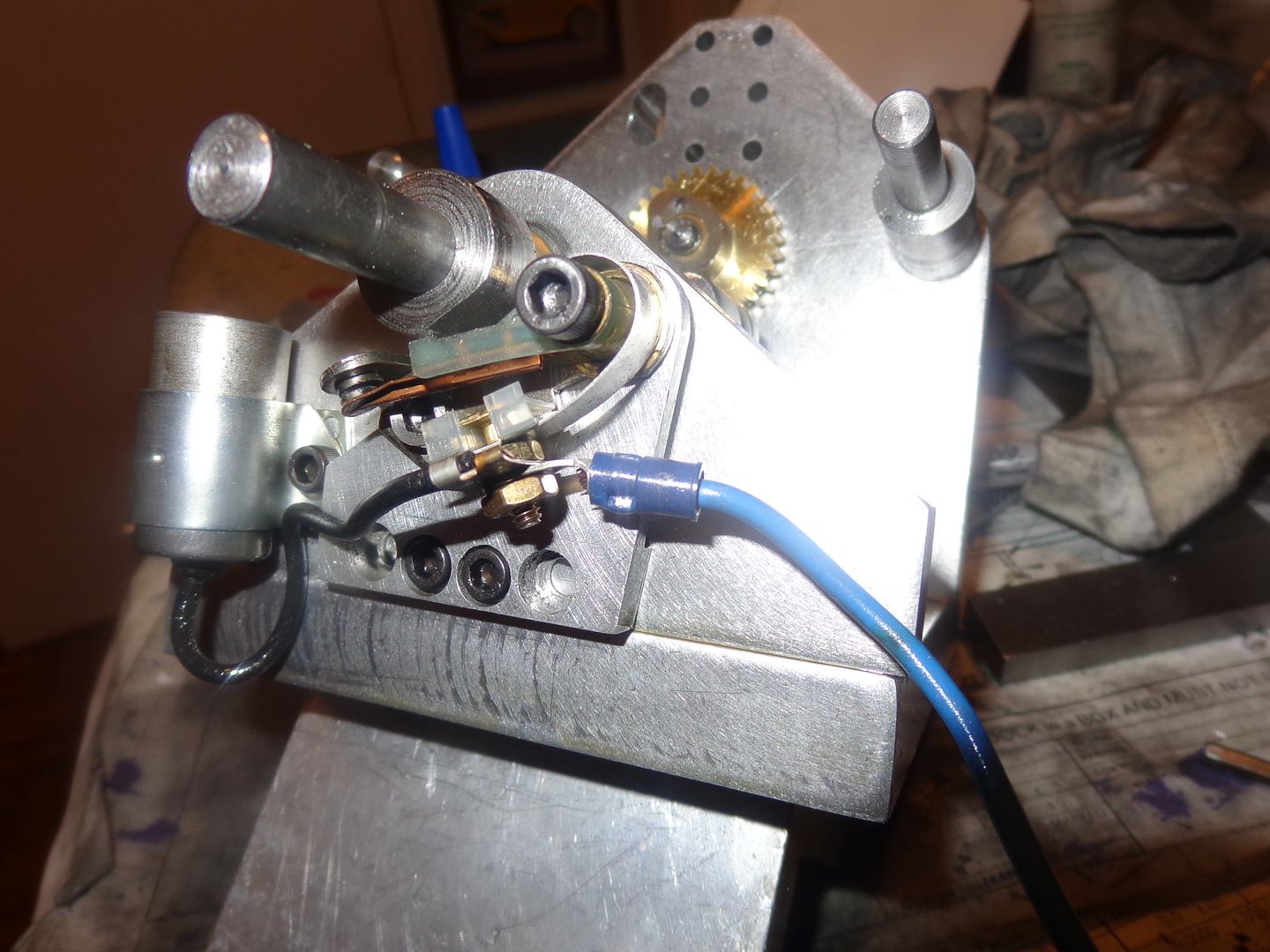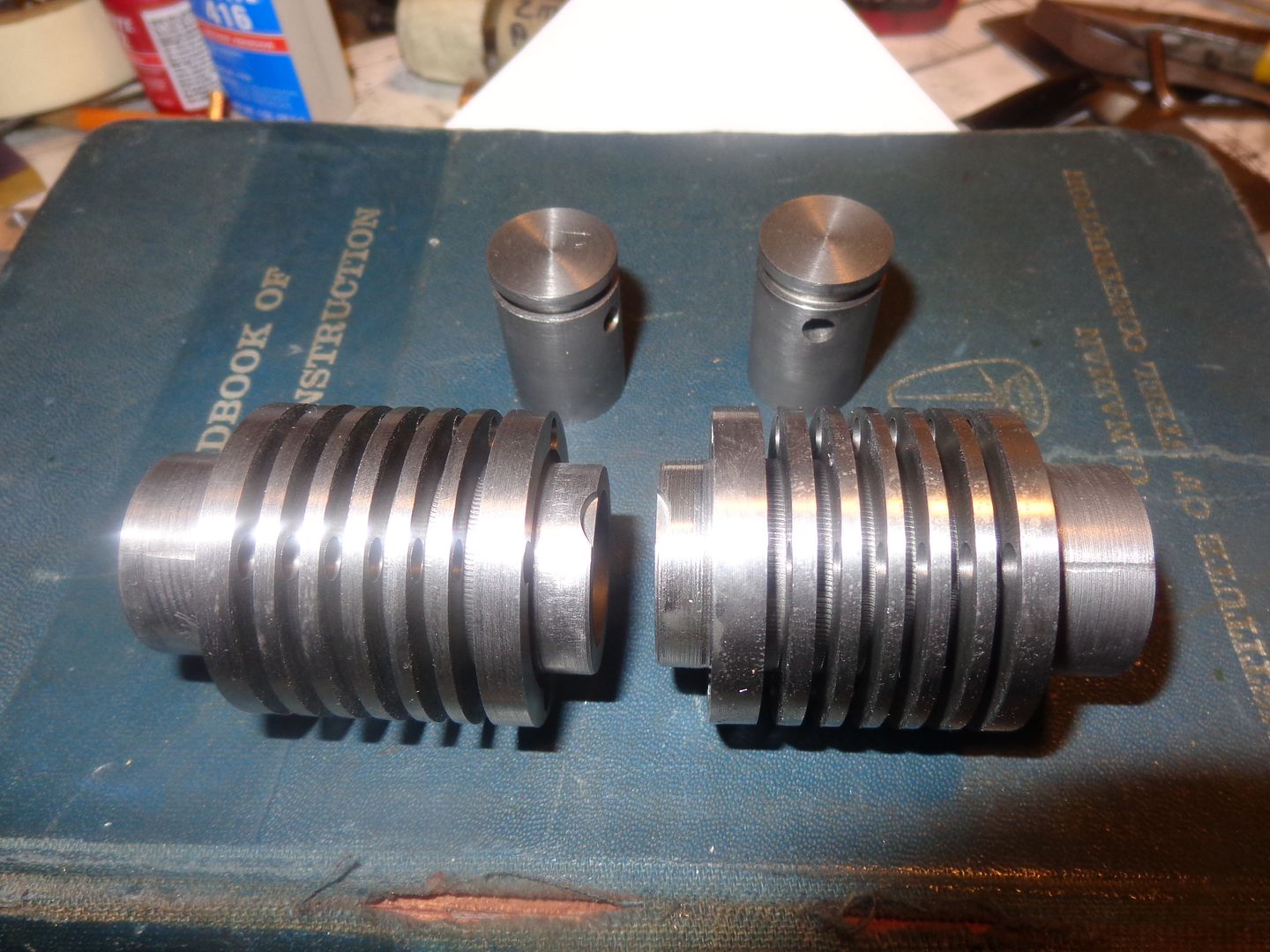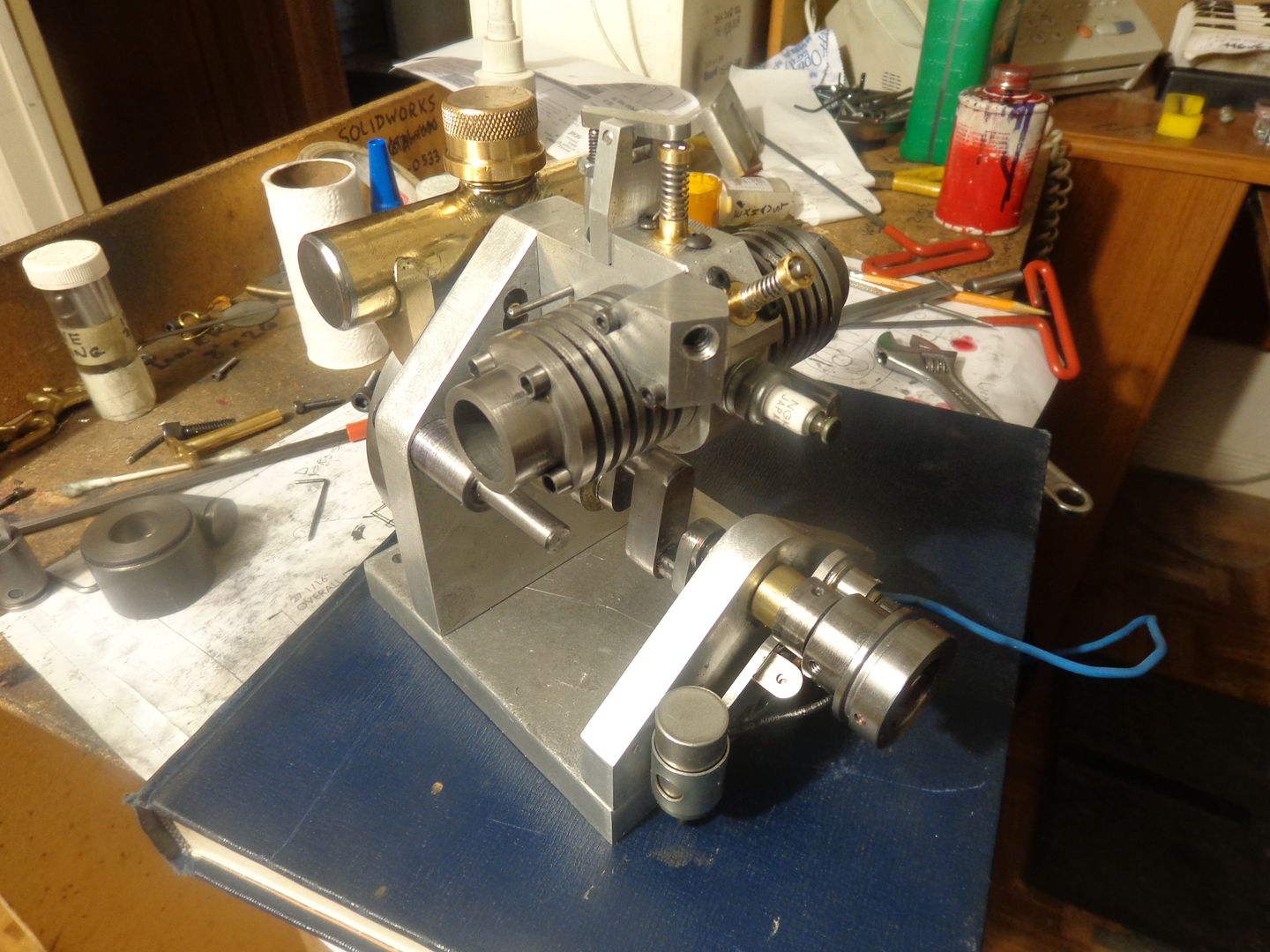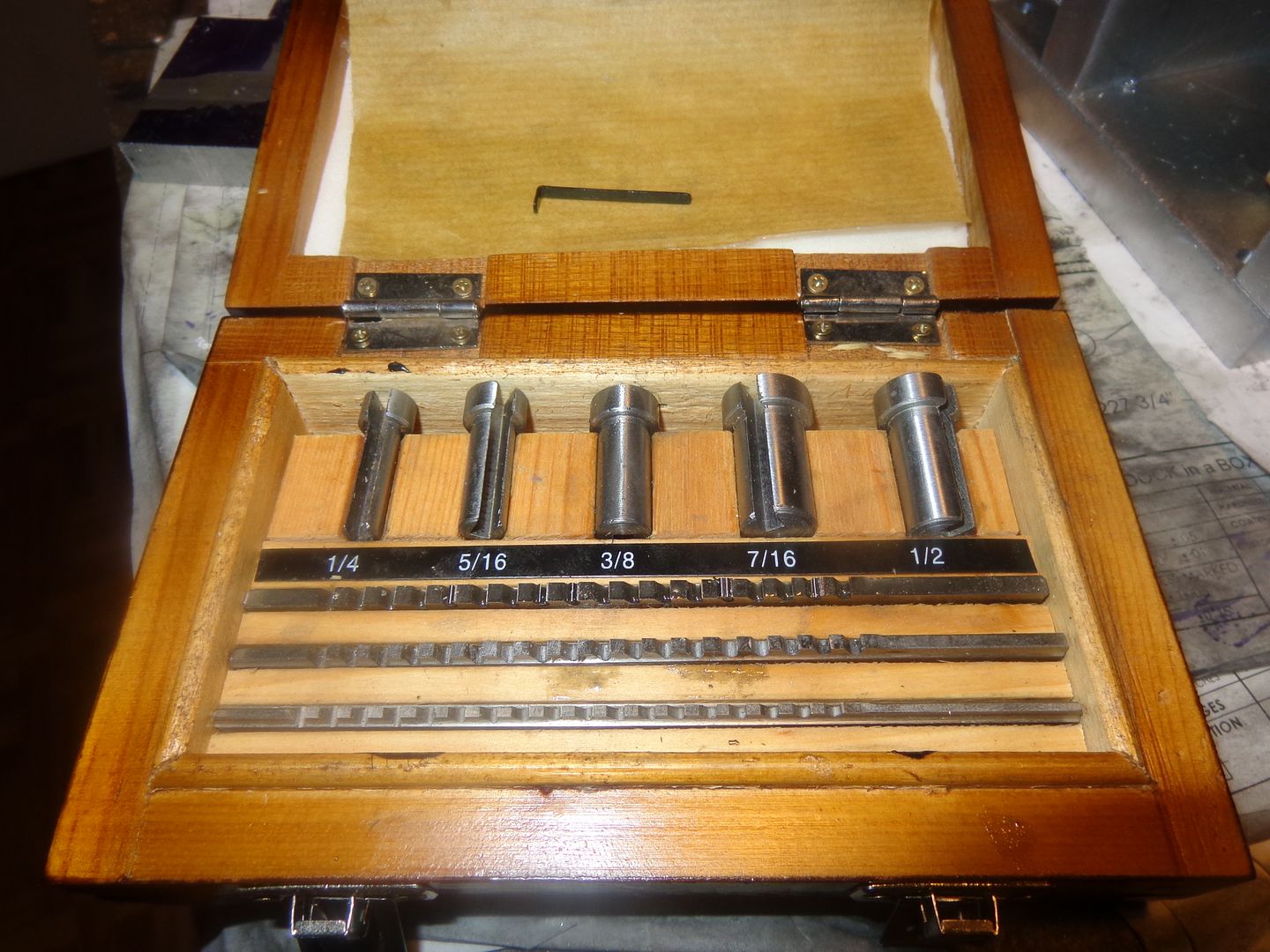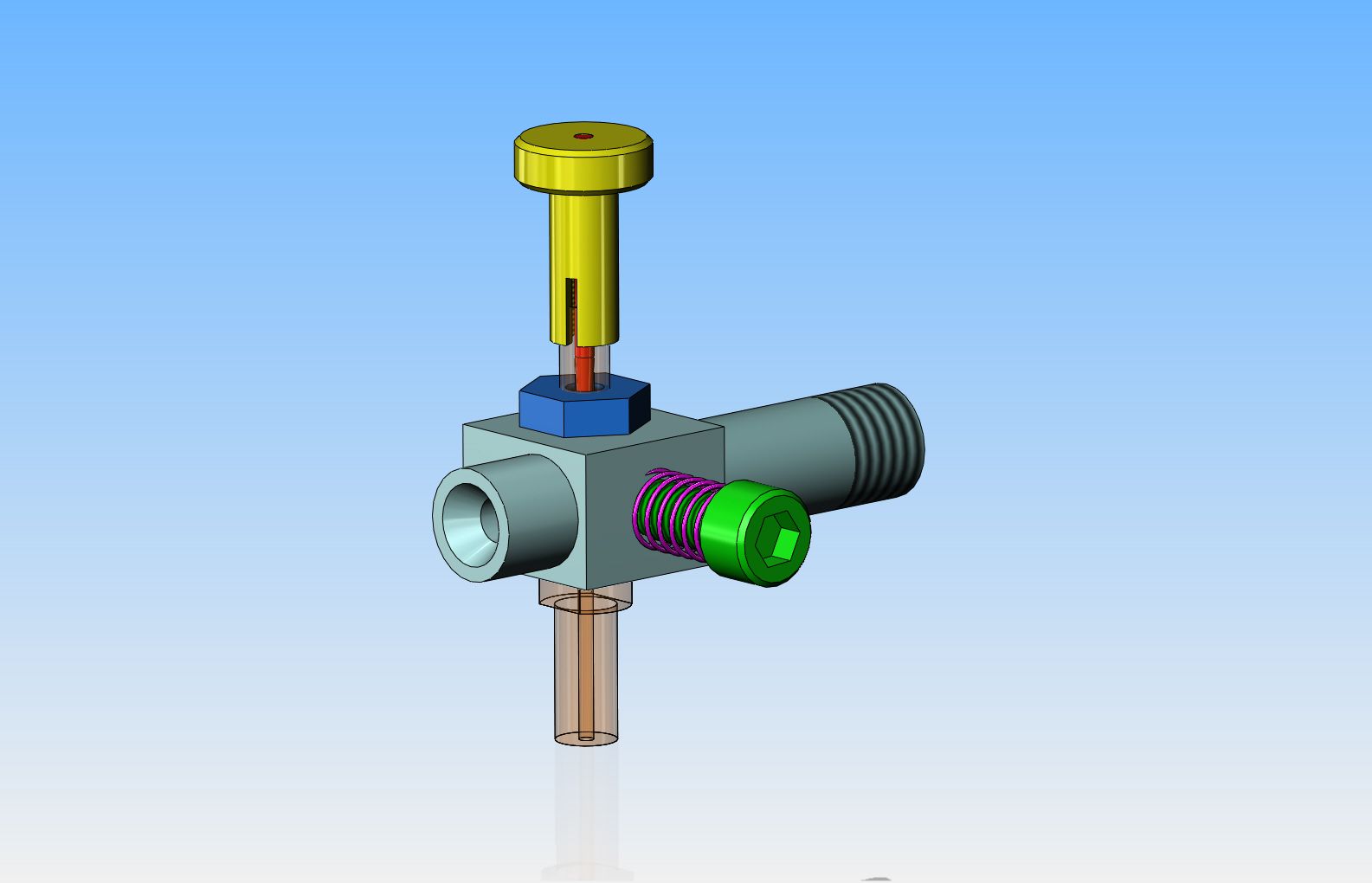BaronJ
Grumpy Old Git.
Baron J---Glad you like it. Chrome is wayyyyyy out of my price range.---Brian
Mmm. There is a guy quite close to me that does chrome plating. I asked him what it would cost to plate the parts based on a picture. He said that it was so little that it would cost more for the time spent wiring the parts up than the actual plating. He said bright nickle would be slightly less costly but even then the actual plating would only be pennies. I also discovered that there is soft and hard chrome also the parts would be acid bathed first and then copper plated and then chromed.
Not a lot of help I know but at least you have some idea of what it would cost here.









